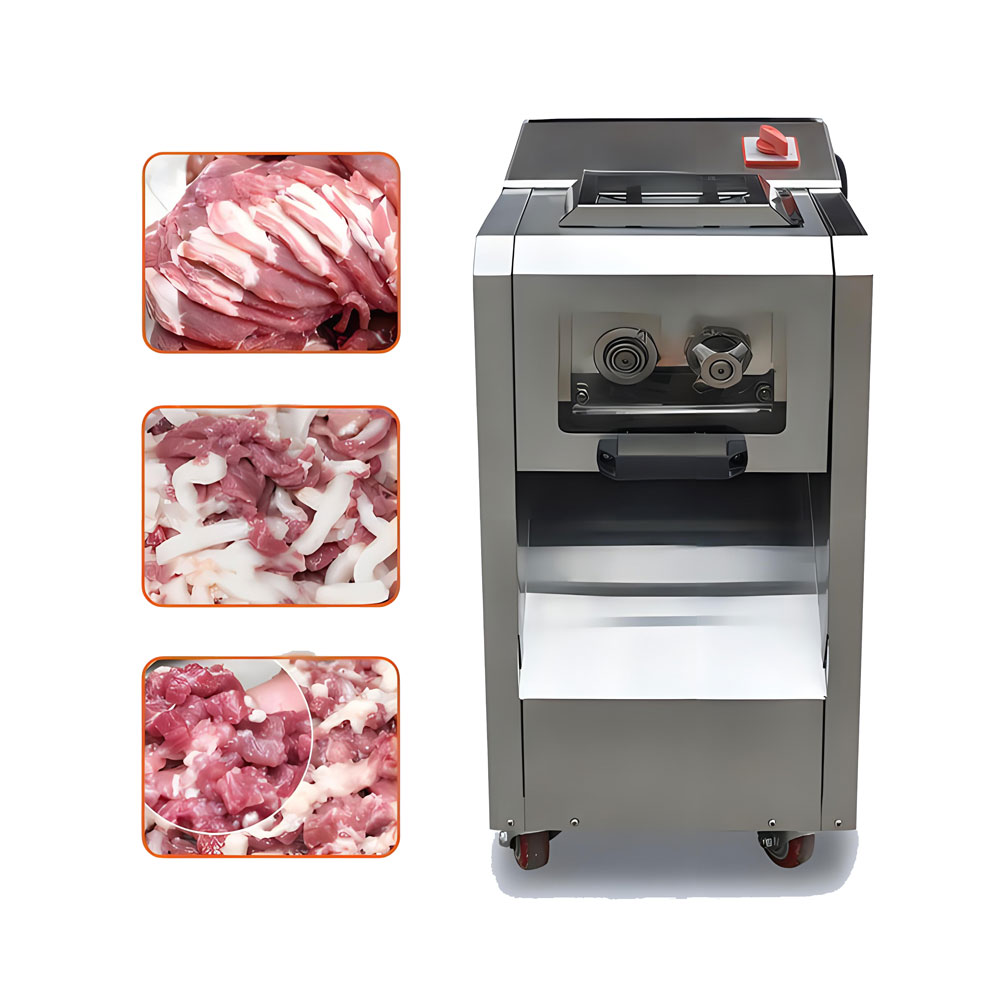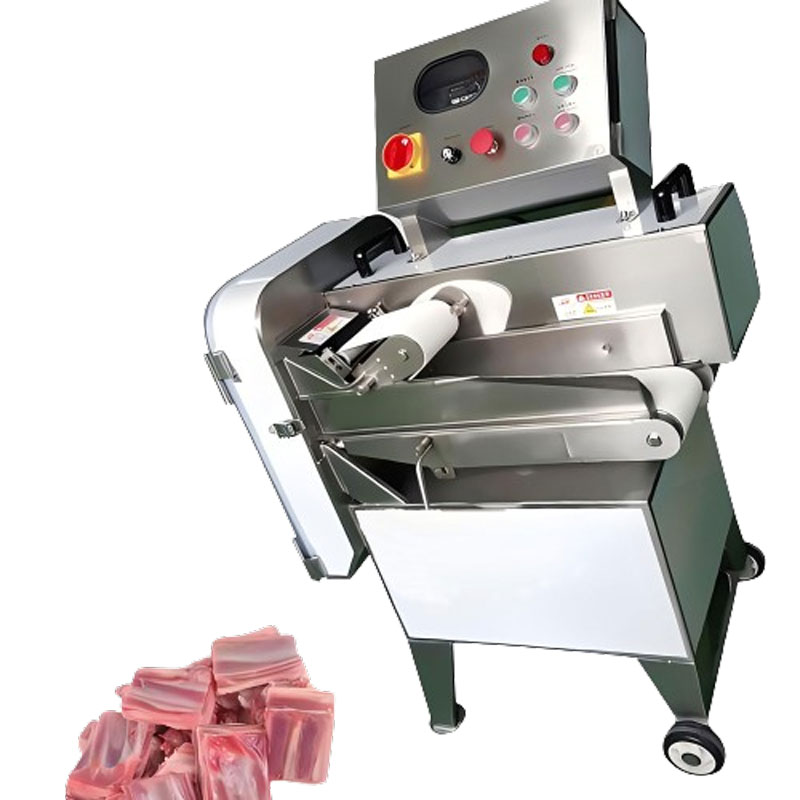Commercial Meat Processing Equipment: The Key to Efficiency and Quality
In the fast-paced world of the food industry, efficiency and quality are paramount for any business to succeed. This is especially true in the meat processing sector, where time-sensitive operations and stringent food safety regulations demand the use of reliable and high-performance equipment. Commercial meat processing equipment has become an indispensable tool, enabling businesses to streamline their operations while ensuring consistent quality and meeting consumer demands.

Why Invest in Commercial Meat Processing Equipment?
Increased Productivity and Efficiency
Commercial meat processing equipment is designed to handle large volumes of meat quickly and efficiently. From slicers and dicers to mixers and grinders, these machines can perform tasks that would take significantly longer if done manually. By automating labor-intensive processes, businesses can maximize their output and meet tight production schedules without compromising quality.
Consistent Quality and Precision
One of the greatest advantages of using commercial meat processing equipment is the consistent quality it provides. Manual meat preparation can lead to inconsistencies in texture, size, and shape, which can affect the overall taste and appearance of the final product. With precise cutting, slicing, and grinding capabilities, these machines ensure that each batch is processed uniformly, resulting in a consistent end product every time.
Reduced Waste and Increased Yield
Accurate portioning and trimming capabilities of commercial meat processing equipment help minimize waste and maximize yield. By precisely cutting or grinding meat to the desired specifications, businesses can reduce the amount of trimmings and scraps, optimizing the use of their raw materials and lowering overall costs.
Improved Food Safety and Hygiene
Food safety is a top priority in the meat processing industry, and commercial meat processing equipment plays a crucial role in maintaining high hygiene standards. These machines are designed with food-grade materials and easy-to-clean surfaces, reducing the risk of cross-contamination and ensuring compliance with strict food safety regulations.
Enhanced Employee Safety
Manual meat processing tasks can be physically demanding and sometimes dangerous, especially when dealing with sharp blades or heavy equipment. Commercial meat processing machines are engineered with advanced safety features, such as automatic shut-off mechanisms, blade guards, and emergency stops, to protect workers from potential injuries.

Types of Commercial Meat Processing Equipment
The meat processing industry offers a wide range of specialized equipment to cater to various needs and operations. Here are some common types of commercial meat processing equipment:
- Meat Slicers: These machines are designed to precisely slice meat into uniform portions, ensuring consistent thickness and shape. They come in various sizes and configurations to accommodate different production volumes.
- Meat Dicers and Cubers: Ideal for preparing diced or cubed meat for stews, casseroles, or other dishes, these machines can quickly and accurately cut meat into uniform pieces, saving time and reducing waste.
- Meat Grinders and Choppers: From burgers and sausages to pet food and processed meats, these versatile machines can grind or chop meat to the desired consistency and texture, ensuring consistent quality and efficient production.
- Meat Mixers and Blenders: Essential for preparing emulsions, marinades, and other meat-based mixtures, these machines ensure thorough and efficient mixing, resulting in consistent flavor and texture throughout the product.
- Meat Tenderizers and Massagers: By mechanically tenderizing and massaging meat, these machines can improve the texture and tenderness of tough cuts, making them more palatable and enjoyable to consume.
- Meat Packaging and Portioning Equipment: From vacuum sealers to portion control machines, this equipment helps businesses efficiently package and portion meat products, extending shelf life and ensuring accurate serving sizes.
Choosing the Right Commercial Meat Processing Equipment
When selecting commercial meat processing equipment, it's crucial to consider factors such as your specific needs, production volume, and the types of meat products you'll be working with. Here are some key considerations:
- Production Capacity: Determine the required output capacity based on your business's production needs. Larger machines are better suited for high-volume operations, while smaller models may suffice for smaller-scale operations.
- Versatility: Consider equipment that can handle multiple tasks or accommodate various attachments and accessories. This versatility can save space and reduce the need for multiple specialized machines.
- Ease of Use and Cleaning: Look for machines with intuitive controls, clear instructions, and easy-to-clean designs. This will ensure efficient operation and proper maintenance, prolonging the lifespan of the equipment and maintaining high hygiene standards.
- Safety Features: Prioritize machines with built-in safety mechanisms, such as blade guards, emergency stops, and automatic shut-off systems, to protect workers from potential injuries and ensure compliance with safety regulations.
- Durability and Reliability: Invest in high-quality machines from reputable brands known for their durability and reliable performance, especially for commercial or heavy-duty applications.
- Energy Efficiency: Consider the energy consumption of the equipment, as this can impact your operating costs over time. Look for energy-efficient models that can help reduce your carbon footprint and lower utility bills.
By incorporating commercial meat processing equipment into your operations, you can streamline processes, ensure consistent quality, and meet the growing demand for fresh, delicious, and safe meat products. Whether you're a butcher shop, a meat processing facility, or a restaurant, investing in the right equipment can revolutionize the way you handle and prepare meat, setting you apart from the competition.




